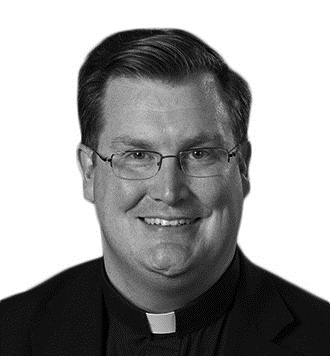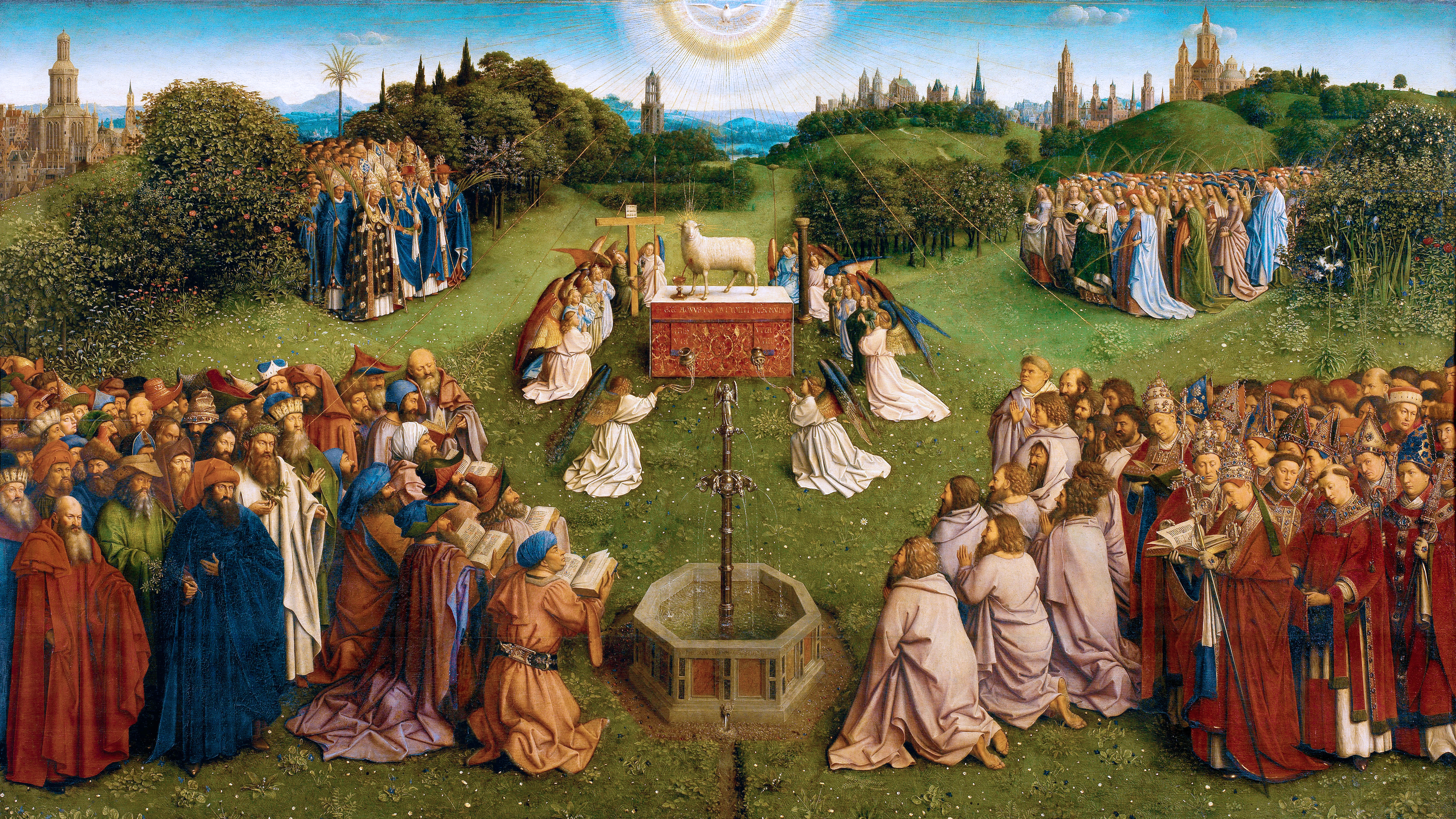“Then I, John, saw a new heaven and a new earth.” —Revelation 21:1
The second reading for Holy Mass on the Fifth Sunday of Easter (Revelation 21:1-5a) brings us “back to the future,” showing us the glorious destiny of the universe and of all who follow Christ faithfully.
In the book of Revelation, St. John paints for us a vivid image of the vision God gave him of “a new heaven and a new earth.” Scripture and Church Tradition also tell us that our bodies will be made new, like the risen body of Jesus Himself.
It’s curious that we Catholics can spend so little time thinking about what happens to us after we die. But God has made very real, very specific promises about our destiny if we are faithful to Him. God has told us that we will rise again after we die, body and soul, to live with Him forever.
What exactly will that “look like?” What does it mean to say that our bodies will rise again? In order to answer that question, we need to go back to “the beginning,” when God first created us. God designed us with both bodies and souls, and we need to uphold the goodness of both.
We are both body and soul together, and we are meant to be that way for eternity. Now, of course, each of us will experience bodily death. That’s part of the sinful side of our human nature. But the resurrection of Christ is all about God’s victory over sin and death. And part of that victory is that our bodies will be restored to us, better than ever.
Our bodies will be a lot like the risen body of Jesus. In the Gospels, after Jesus rose from the dead, there were multiple times when His disciples had a hard time recognizing him at first. And Jesus could suddenly enter the Upper Room where His apostles were on Easter night, even though it was locked shut. He also appeared like that next to the two disciples on the road to Emmaus. And, of course, Jesus could never suffer or die again. The Catholic Church teaches that our risen bodies will have these same qualities: (1) freedom from suffering and death (in Latin, impassibilitas); (2) we won’t be restricted by matter (subtilitas); (3) we will be able to move more easily and quickly than we do now (agilitas); and (4) we will radiate a certain kind of supernatural brilliance or beauty (claritas). In other words, we have the chance to be pretty awesome then, if we will just be good now!
Where will this awesome and eternal life take place? We’ve really got to engage our imaginations here. Obviously, none of us has been to heaven, so we don’t have first-hand experience to draw from. But the most important thing to know is that we will be with God. The poet Dante, at the end of his long journey through hell, purgatory, and heaven in the Divine Comedy, finally comes to the center of heaven and sees God as an infinitely bright and dense point of light, around Whom all the angels and saints are gathered. Here Dante describes God as “the love that moves the sun and other stars.”
St. John describes this vision of God — what we call the “Beatific Vision” — in his First Letter by saying that in heaven, “We shall be like him, for we shall see him as he is” (1 John 3:2). Jesus Himself says that in heaven He will prepare a place for us, “So that where I am, you also may be” (John 14:3). So we all need to strive to grow closer to God on earth, but that’s really a preparation for the perfect closeness we’ll have with Him in heaven.
Why does Scripture talk about a new heaven and new earth? What’s wrong with the heaven and earth we have now? God is telling us something about a future reality that is totally beyond our experience, and, frankly, beyond the power of our words to describe completely. Perhaps the most powerful image comes to us just a bit later in the book of Revelation, chapter 21, where St. John describes his vision of the Heavenly Jerusalem. He writes:
“The angel took me in spirit to a great, high mountain
and showed me the holy city Jerusalem
coming down out of heaven from God.
It gleamed with the splendor of God.
Its radiance was like that of a precious stone,
like jasper, clear as crystal…
…I saw no temple in the city
for its temple is the Lord God almighty and the Lamb.
The city had no need of sun or moon to shine on it,
for the glory of God gave it light,
and its lamp was the Lamb.”
What a powerful and vivid image — the Lamb of God giving light to this mind-bogglingly beautiful city. The Catechism of the Catholic Church (1042-1050) teaches us that the “new heavens” and “new earth” are a way of expressing the perfect order God will establish. Everything will be perfectly centered on God. We will have the joy, peace and unity with God that too often elude us in this life. And it won’t just be a “me and Jesus” experience. The image of a city drives home the truth that salvation is about the whole Church together.
How should this vision of our destiny shape the way we live now? I would say there are three steps we need to take. First, we need to spend time meditating on what the word of God tells us about heaven. Second, we need to repent of any sins that could prevent us from moving toward the destiny Christ has won for us. And third, we need to make a commitment, putting our faith in the promises of Christ and telling Him we’re ready to live according to that faith in every dimension of our lives.
We hear a lot that, “Life’s a journey, not a destination.” Well, life is a journey, but it’s a journey defined by our destination. We can begin “living heaven” now, and we need to do that if we want to go to heaven. Each of us needs to set our hearts on heaven or, as the priest says at Mass, to “lift up (our) hearts.” If we give to God our time, He will give us eternity.
Fr. Charles Fox is a priest of the Archdiocese of Detroit currently assigned to the theology faculty of Sacred Heart Major Seminary. He is also a weekend associate pastor at St. Therese of Lisieux Parish in Shelby Township and chaplain and a board member of St. Paul Evangelization Institute, headquartered in Warren.










